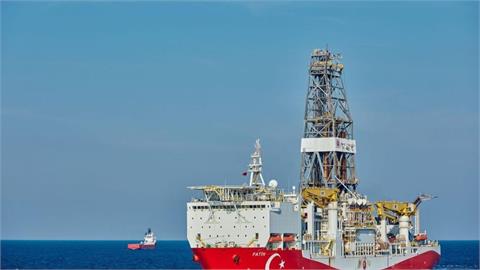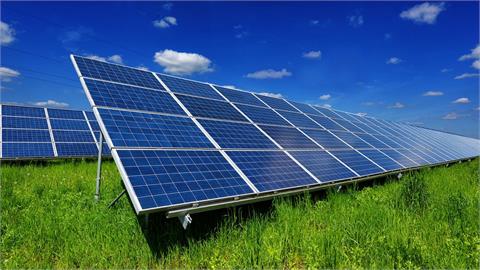Pricing reporting agency Platts has moved to protect the Brent benchmark from dwindling North Sea production at the start of International Petroleum Week in London, one of the industry’s biggest annual gatherings.
Dated Brent is the global oil marker used by traders and companies to price around two-thirds of the world’s physical crude market. It also underpins billions of dollars of trading in futures, options and other derivatives.
However, production of the four physical streams that underpin the benchmark — Brent, Forties, Oseberg and Ekofisk (BFOE) — is falling.
Platts, which monitors bids and offers of the BFOE streams to come up with a daily price, reckons cargoes of North Sea crude will decline from 53 cargoes per month in 2015 to 38 a month by 2020 and just 20 by 2025. A cargo is roughly 600,000 barrels of crude.
But it could fall faster if low oil prices persist. Analysts reckon as many as 50 North Sea oil and gasfields could cease production this year after a collapse in crude prices to 12-year lows.
As such, market participants are concerned falling production could make Dated Brent vulnerable to manipulation because all of the physical volumes could end up in the hands of a few players.
To protect the benchmark, Platts has been looking at way of introducing more liquidity, or oil. In the past it has floated the idea of adding crudes from the immediate neighbourhood or from further afield, such as Russian Urals.
The plan outlined on Monday involves the creation of a new price assessment for BFOE streams delivered into Rotterdam, which will include the cost of freight and shipment.
Platts hopes the new assessment price will provide the flexibility to include other crudes — such as light sweet crude from west Africa — if and when they are needed. Rotterdam would be well suited to that task of adding additional crudes because it is a large refining and storage hub.
Platts estimates around a quarter of the oil already flowing into Rotterdam comes from the North Sea, a quarter from the Middle East and fifth from the Baltic region.
"Dated Brent may need to be the first major crude benchmark in recent times that has to reach outside its natural geographical zone for alternative deliveries,” said David Ernsberger, the global head of oil trading at Platts.
It may also be important to add other lighter grades because North Sea oil is set to become heavier with the development of Statoil’s huge oilfield Johan Sverdrup, said Jonty Rushforth, editorial director for Europe and Africa at Platts.
The Rotterdam assessment will be available from March 14.
Adding so-called lookalike grades to crude benchmarks such as US West Texas Intermediate has been done in the past but not without problems.
"This is perfectly legal under the current rules but it is the subject of much controversy — particularly among refiners — who feel they sometimes receive poor quality blends of lookalike WTI that do not fit their refinery configurations,” said Sandy Fielden of RBN Energy.
(Financial Times)



